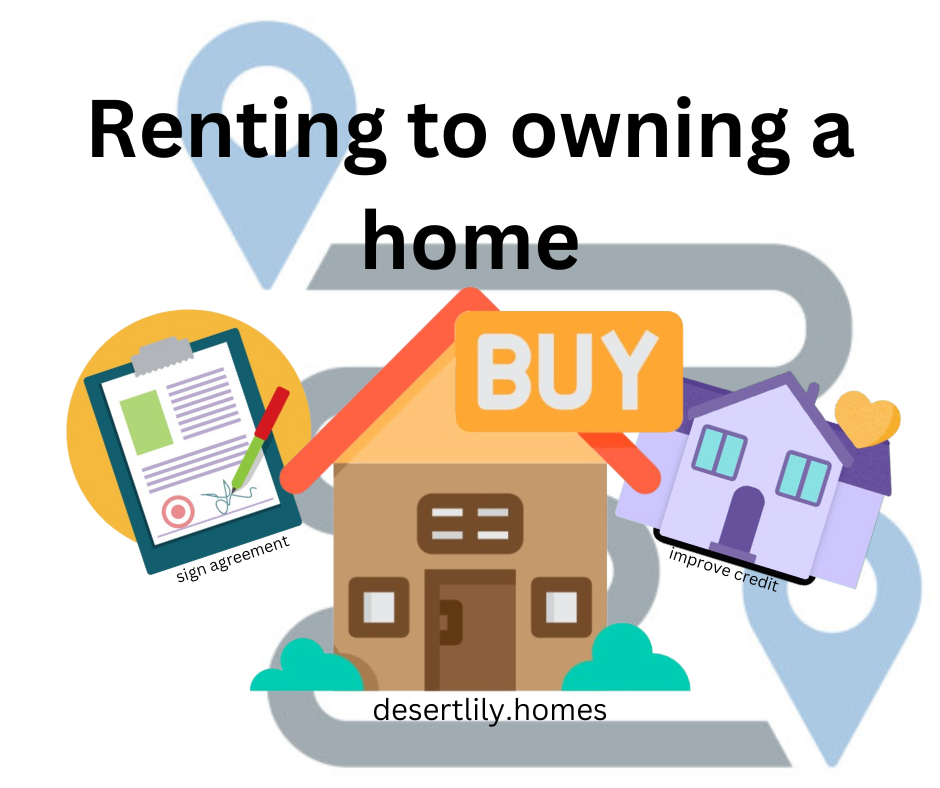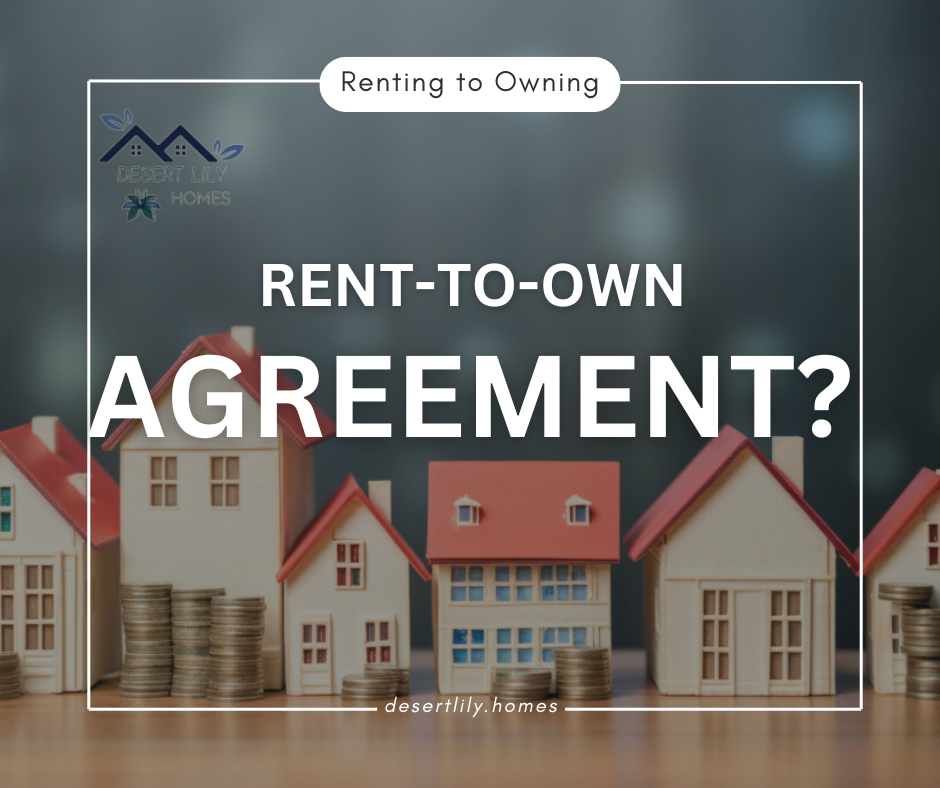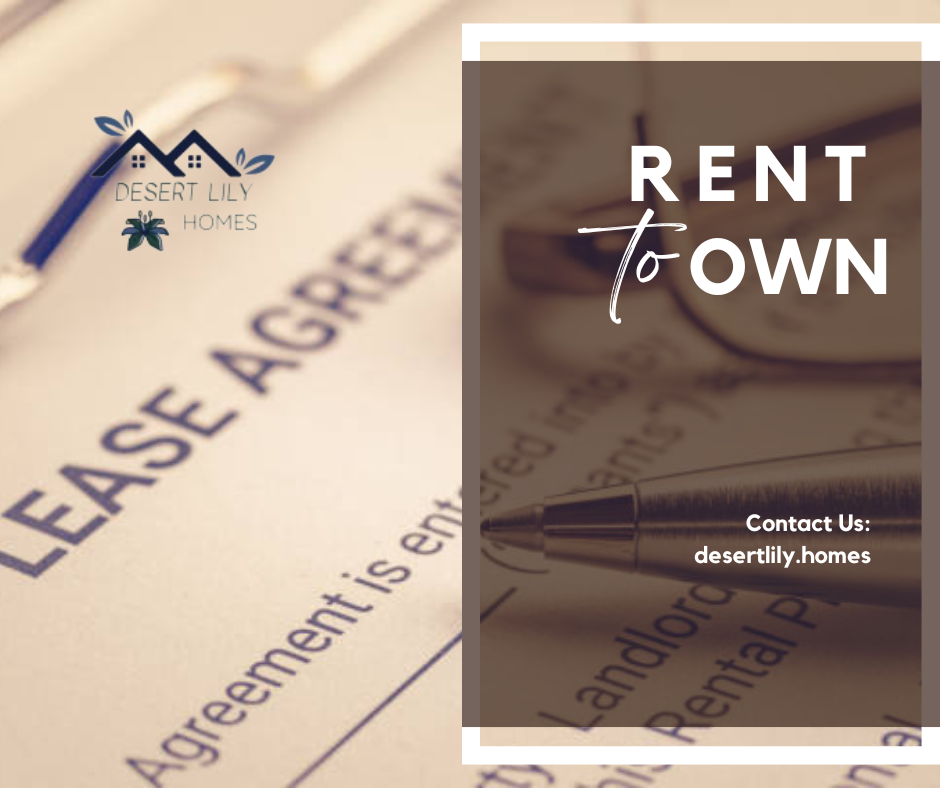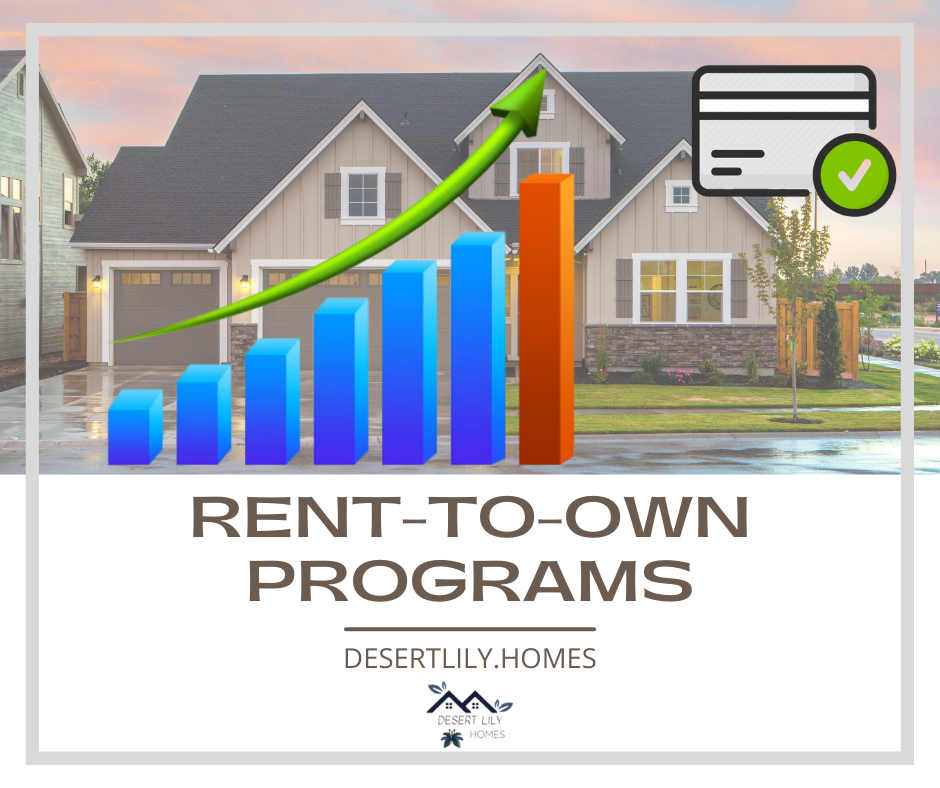Introduction
Rent-to-own agreements and lease-option programs offer a unique pathway to homeownership, especially for individuals who may not qualify for traditional financing due to credit challenges or limited savings. These programs bridge the gap between renting and owning, allowing tenants to secure their dream home while building financial stability. This guide will walk you through the essentials of rent-to-own agreements and the steps to transition from renting to owning.
1. Understanding Rent-to-Own and Lease-Option Agreements

Rent-to-own agreements are contractual arrangements that allow tenants to rent a property with the option to purchase it at a later date. In a lease-option agreement, renters have the right—but not the obligation—to buy the property. In contrast, a lease-purchase agreement obligates the tenant to complete the purchase.
These programs benefit both renters and sellers: tenants can work toward homeownership while remaining in their desired property, and sellers can secure a steady income and potentially sell to a motivated buyer.
2. How Rent-to-Own Works

- Signing the Agreement:
- Tenants sign a lease agreement that includes terms for purchasing the property, such as the purchase price and option fee.
- Option Fee:
- This upfront payment secures the tenant’s right to purchase the home. It’s typically non-refundable but may be applied to the purchase price.
- Monthly Rent Payments:
- A portion of the rent is often allocated toward the eventual purchase price, helping tenants build equity while renting
Rent-to-own agreements generally last 1-3 years, giving tenants time to prepare for financing and homeownership.
3. Steps to Transition from Renting to Owning

- Evaluate Your Financial Readiness:
- Before entering a rent-to-own agreement, assess your credit score, income, and savings. Create a budget to ensure you can afford the option fee and monthly payments.
- Find the Right Property:
- Look for properties that meet your budget and lifestyle needs. Work with a real estate professional who has experience with rent-to-own agreements.
- Understand the Contract
- Rent-to-own agreements can be complex. Seek advice from a legal or financial professional to review terms, ensuring clarity on the purchase price, option fee, and rent credit.
- Improve Credit During the Rental Period:
- Use the rental period to enhance your credit score by paying bills on time and reducing debt. This will make it easier to secure a mortgage when the time comes.
- Secure Financing for the Purchase:
- As the rental period ends, work with a lender to secure financing. Be prepared with documentation of your financial progress and the terms of the agreement.
4. Benefits of Rent-to-Own for Credit-Challenged Buyers

- Time to Improve Credit: Rent-to-own agreements give tenants time to work on their credit before applying for a mortgage.
- Build Equity While Renting: Rent payments often go toward the purchase price, helping tenants build equity over time.
- Flexibility: Rent-to-own programs provide an opportunity to live in the property and decide whether it’s the right long-term fit.
5. Challenges to Consider
While rent-to-own programs can be a great opportunity, they come with potential risks:
- Loss of Option Fee: If the purchase isn’t completed, the option fee is typically non-refundable.
- Higher Rent Costs: Rent payments may be higher than market rates to cover the rent credit and option fee.
- Legal and Financial Risks: Rent-to-own agreements vary widely, and poorly drafted contracts can leave tenants at a disadvantage.

Conclusion
Rent-to-own agreements and lease-option programs offer a promising path to homeownership for individuals who face financial barriers. By understanding the process, reviewing contracts carefully, and improving financial readiness, renters can confidently transition to becoming homeowners. Explore this option as a stepping stone to owning your dream home, and take control of your financial future today.
Looking for rent-to-own opportunities? Check out Desert Lily Homes’ available rent-to-own properties and find your perfect match today!
FAQ: Rent-to-Own and Lease-Option Programs
- What’s the difference between rent-to-own and lease-option?
- Rent-to-own is a program where you rent a home with the option to buy later. A lease-option gives you the choice to buy, while a lease-purchase requires you to buy.
- How much is the option fee, and do I get it back?
- The option fee is usually 2-7% of the home’s price. It’s non-refundable but goes toward the purchase if you buy the home.
- Can I negotiate the home’s price?
- Yes, the purchase price is usually agreed on when you sign the contract. Check if it’s fixed or can change with the market.
- What if I decide not to buy?
- With a lease-option, you don’t have to buy, but you’ll lose the option fee and rent credits. A lease-purchase may have penalties for not buying.
- How do I improve my credit while renting?
- Pay bills on time, lower your debt, and avoid new credit inquiries. Some programs report your rent payments to credit bureaus, which helps boost your score.
To enhance your understanding of rent-to-own agreements and lease-option programs, here are some informative articles from reputable sources:
- “Rent-to-Own Homes: How the Process Works” by Investopedia: This article provides a comprehensive overview of rent-to-own agreements, detailing the steps involved and key considerations for both buyers and sellers.
- “What Is a Lease Option? Requirements, Benefits, and Example” by Investopedia: This piece explains lease options, outlining their requirements, benefits, and providing practical examples to illustrate how they function.
- “Rent-To-Own Homes: How It Works And What To Consider” by Rocket Mortgage: This guide delves into the mechanics of rent-to-own homes, offering insights into the process and important factors to consider before entering such agreements.
